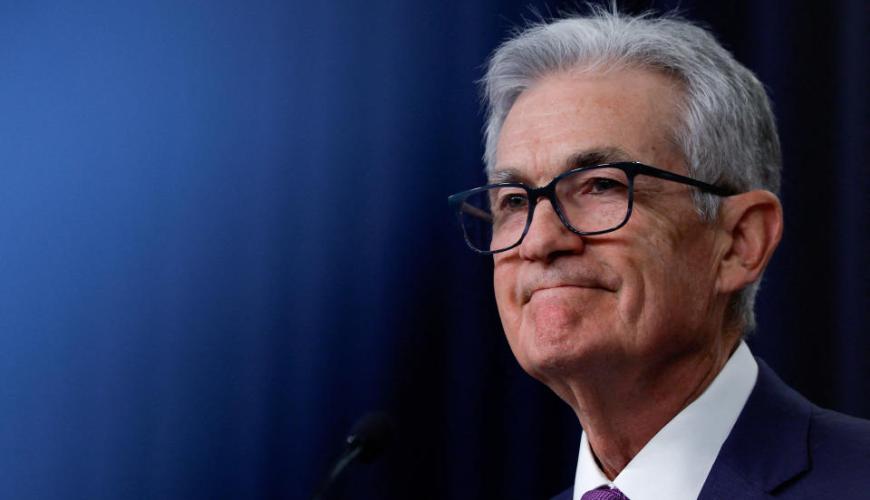Greater-Than-Expected Inflation Validates Federal Reserve's Hesitant Approach Towards 2024 Rate Cuts
- 14 February 2024 2:02 AM

The Federal Reserve (Fed) has repeatedly indicated that additional time is required before the initiation of rate cuts can be considered, a viewpoint cemented by a higher-than-anticipated inflation report released on Tuesday.
A recalibration in market expectations around the timing of the rate cuts has seen investors scale back their early forecasts. Currently, markets present an approximately 80% likelihood of a rate cut by the Fed in June, as opposed to earlier expectations of a rate reduction in May.
This shift in stance was fueled by an announcement from the Bureau of Labor Statistics on Tuesday indicating an increase in the Consumer Price Index (CPI) by 0.3% from the preceding month and 3.1% from the previous year in January. The actual results surpassed the predictions made by economists. The core inflation rate, which excludes variable costs of food and gas, observed a rise by 0.4% from last month and by 3.9% from last year in January. This core figure is twice the Fed's set target of 2%.
In the words of Quincy Krosby, Chief Global Strategist for LPL Financial, the much-anticipated CPI fell short of expectations of those anticipating a cooling down of the inflation rate, which would have facilitated a sooner-than-expected easing of rates by the Fed. The hotter-than-expected figures have cemented the need for the Fed to collect more data before initiating a rate-cutting cycle.
The Federal Reserve has consistently hinted over the past six weeks that rate cuts would likely be delayed longer than investor expectations. Federal Reserve Chair, Jay Powell, corroborated this in a press conference on January 31, where he emphasized the need for more confirmed data, particularly on the inflation trajectory, ahead of modifying of the monetary policy.
According to Powell, the good inflation data for the past six months need to be scrutinized to evaluate if it genuinely indicates a sustainable path towards a 2% inflation target. Some economists suggest that the Fed will gain more confidence with a complete year's inflation data reflecting a trend toward a 2% decrease, which is anticipated by June if the current inflation levels persist.
Earlier this year, investors had assumed a more aggressive stance from the Fed, predicting the first rate cut in March. However, these expectations were sidelined when Jay Powell ruled out a rate cut in a press conference on January 31 and a '60 Minutes' television appearance on February 4.
The sentiment was echoed across the Federal Reserve, with officials advising a prudent wait-and-see approach. Tom Barkin, Richmond Fed President, recommended a patient approach to rate cuts, notwithstanding promising data indicating a downward trend in inflation.
